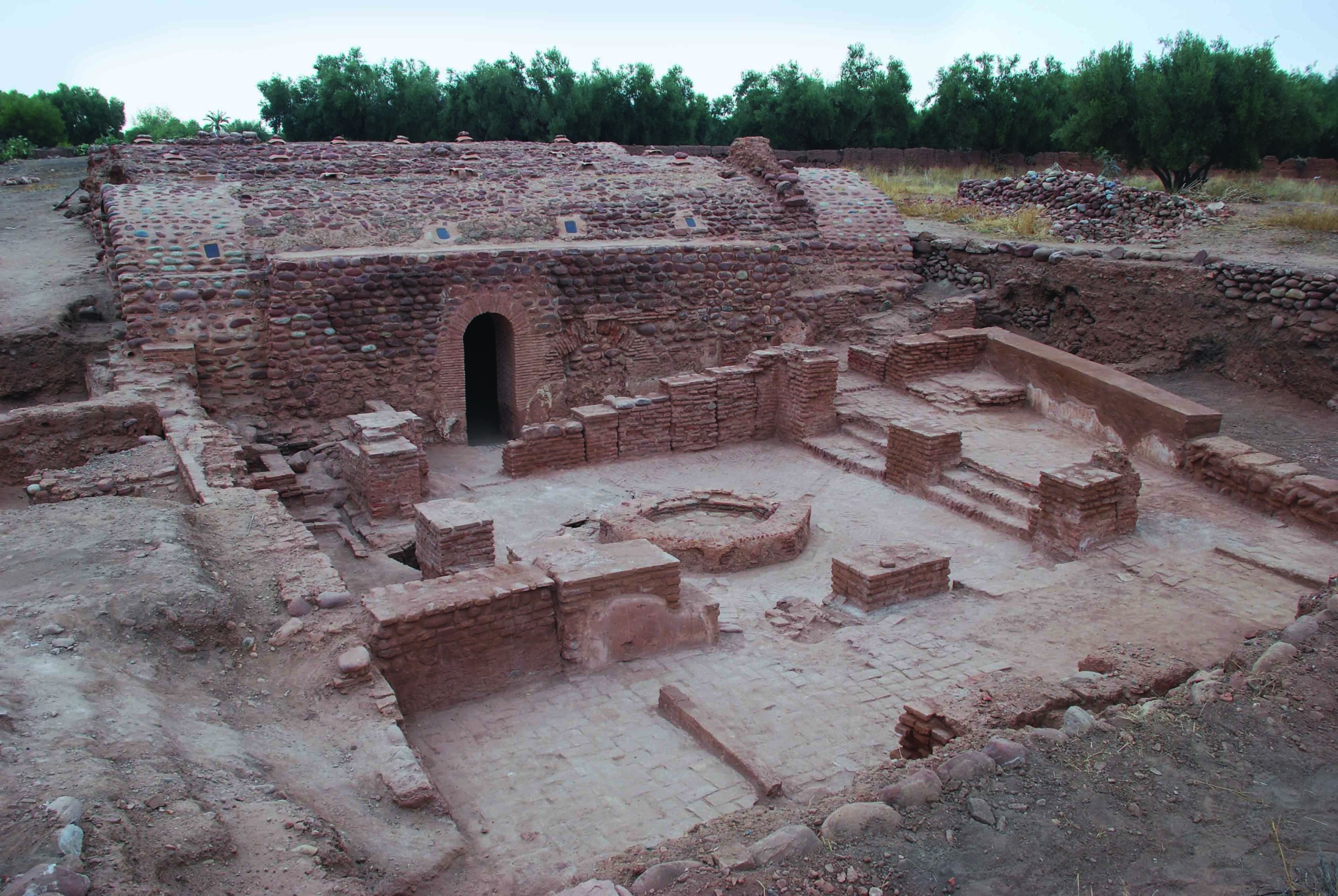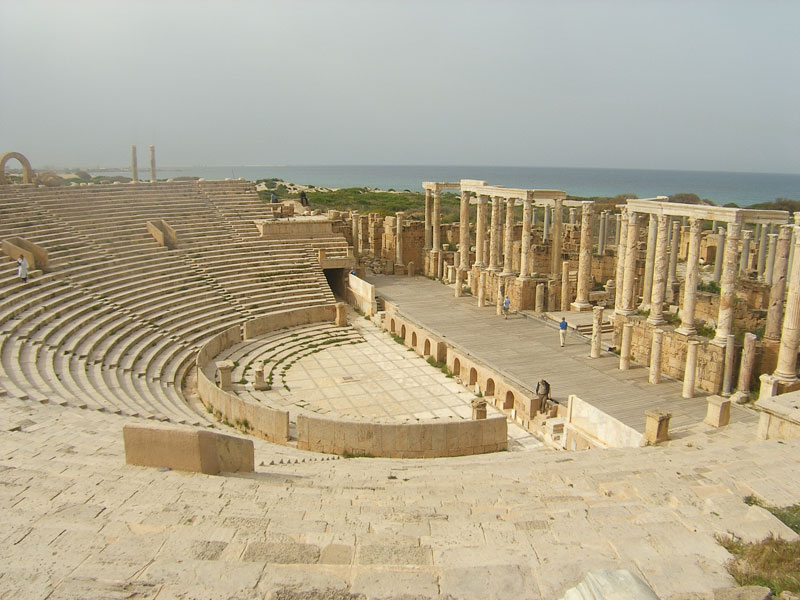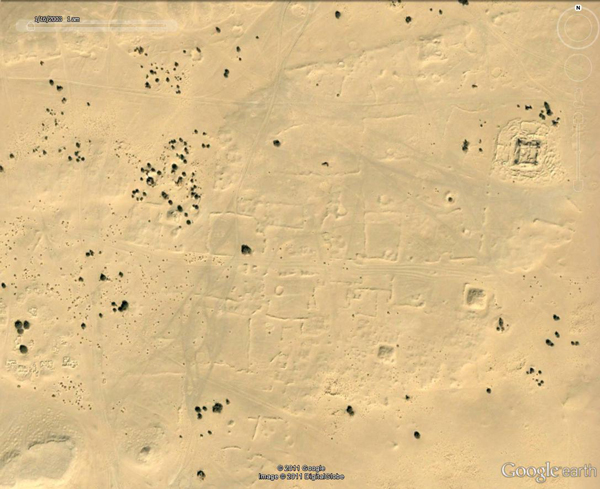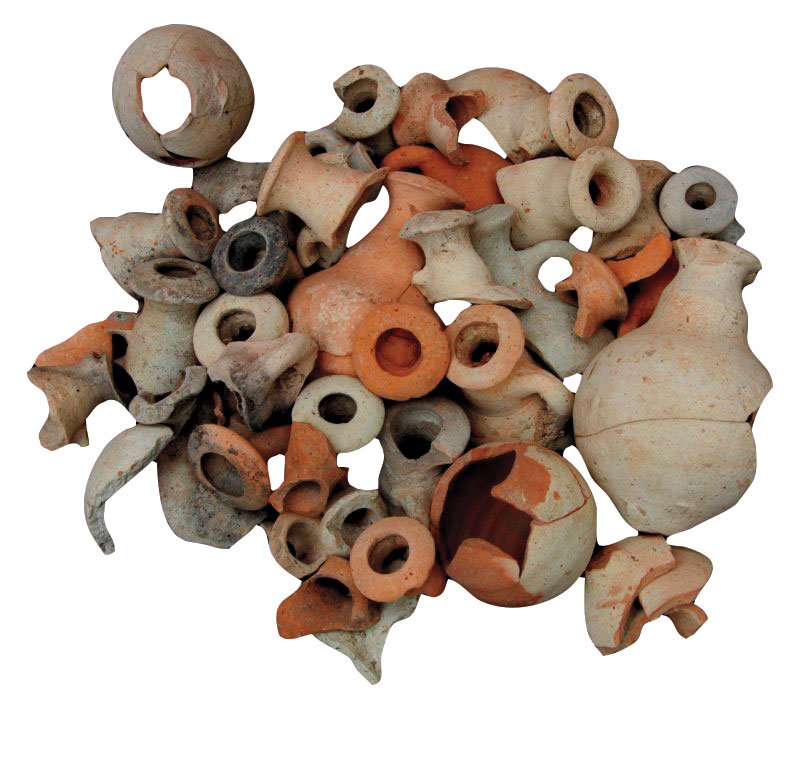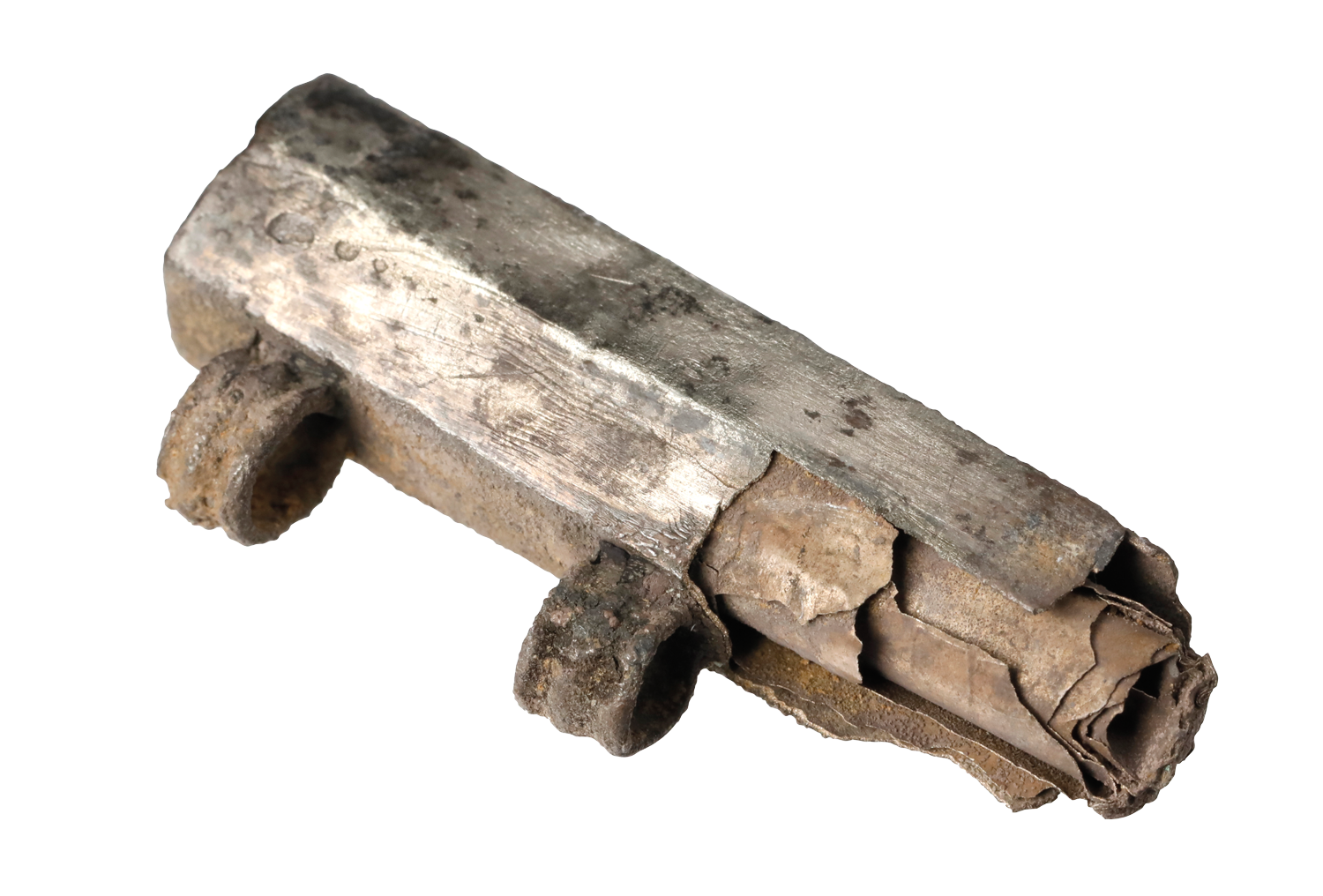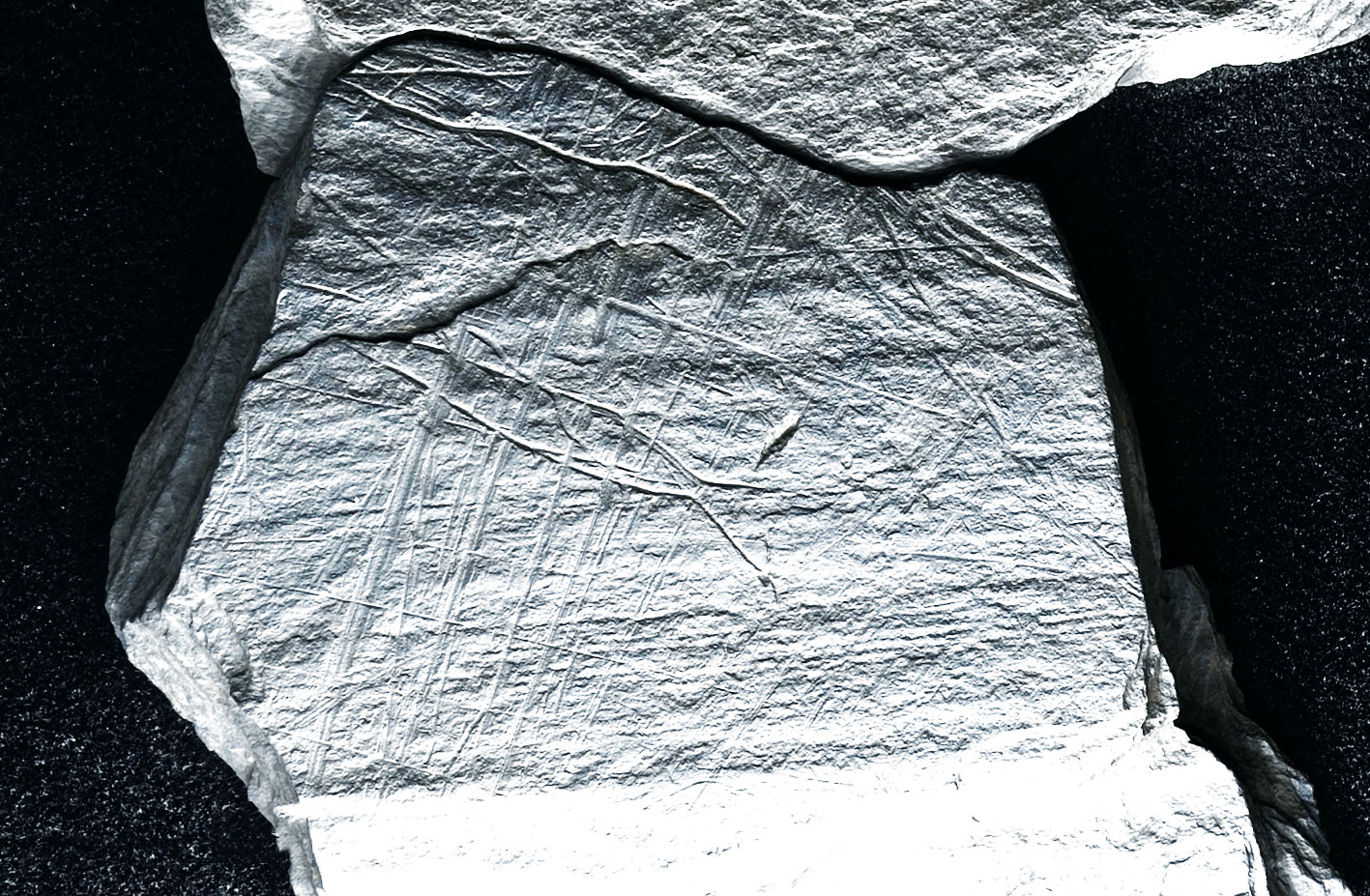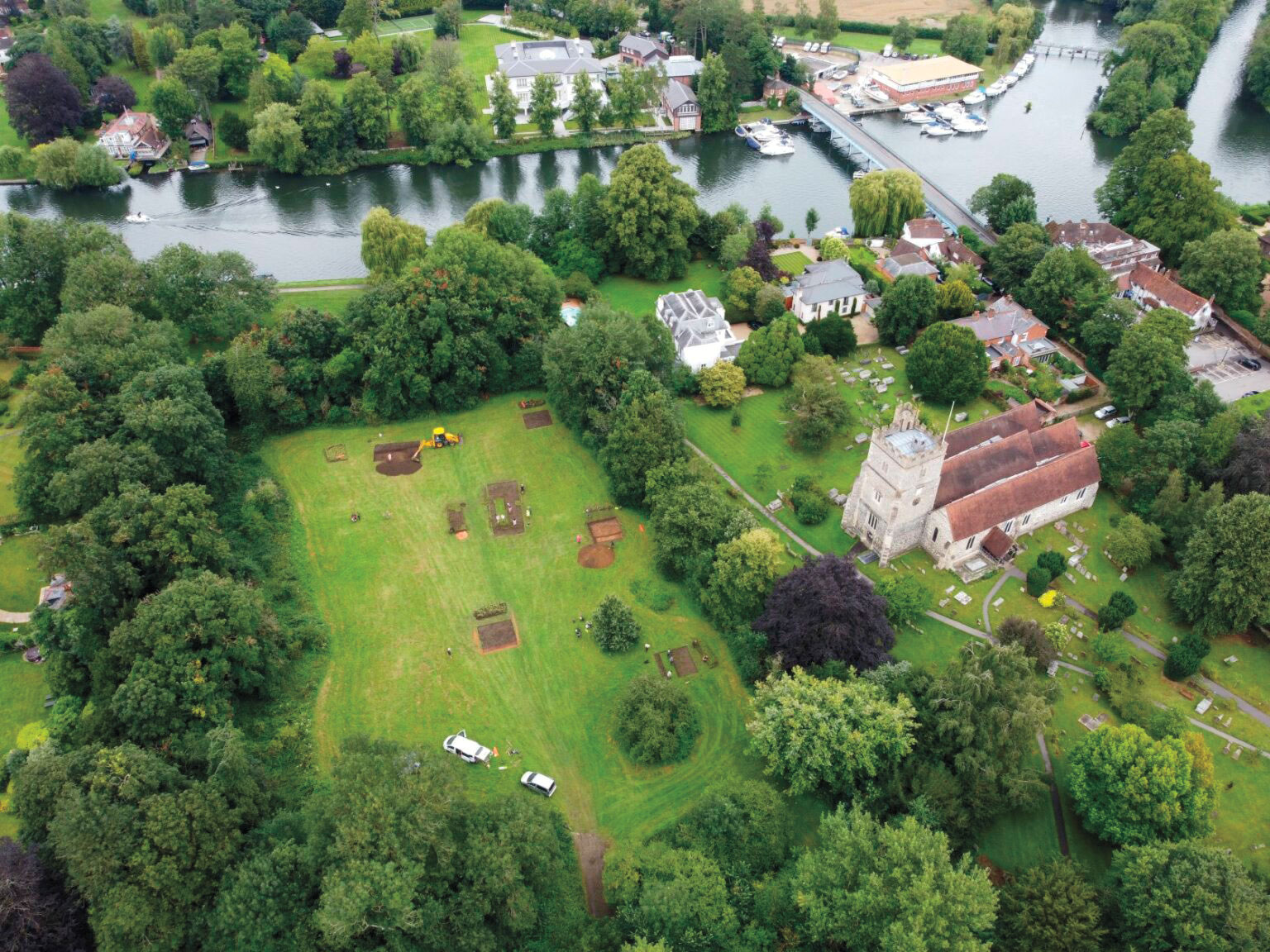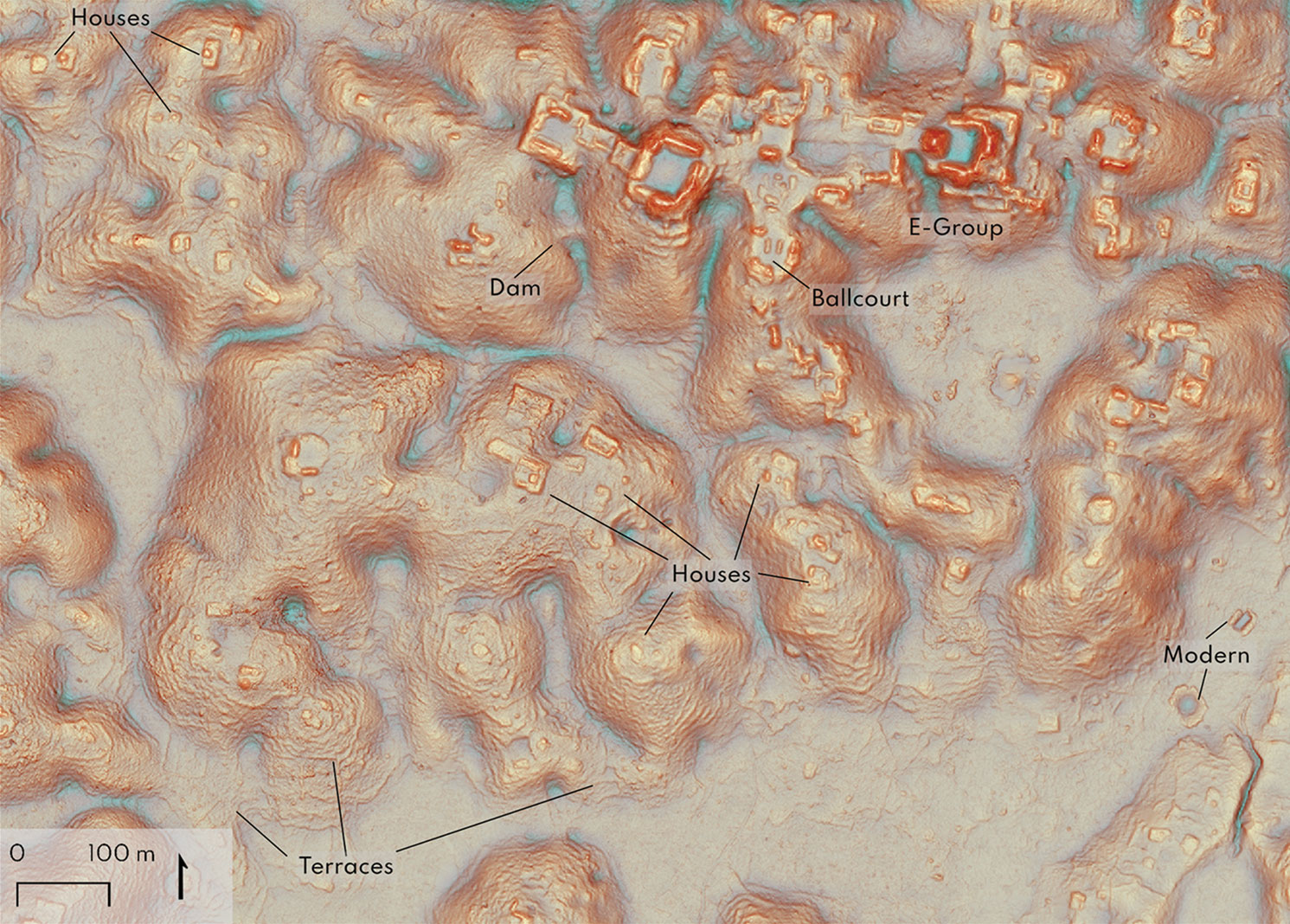
VANUATU

VANUATU: Oceania was the last region on Earth colonized by humans. When the first settlers from the Lapita Culture arrived in Vanuatu 3,000 years ago, they transported certain plants with them that aided their ability to survive, including the banana. Analysis of microparticles trapped in the dental plaque of individuals buried on Efate Island has indicated the presence of the nonnative species at this early date. Banana plants would not only have provided sustenance, but could also have been used for building material, textiles, cordage, and medicine.
Related Content
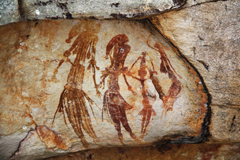
AUSTRALIA

AUSTRALIA: Some very old rock art, such as the Gwion-style paintings that are found in the Kimberley region of Western Australia, is notoriously difficult to date because the pigments no longer contain organic material. However, experts were able surmount this challenge by instead dating organic material from millennia-old mud wasps’ nests on rock facades that had been painted over by Aboriginal artists long ago. The researchers estimate that most of the paintings’ enigmatic anthropomorphic figures were created 12,000 years ago.
Related Content

LIBYA

LIBYA: Faunal remains from the Takarkori rock shelter in southwestern Libya underscore just how different the environment was there 10,000 years ago. While today the site is in the Sahara Desert, at the beginning of the Holocene period the area was dotted with lakes, ponds, and waterways. Humans used the shelter between 10,200 and 4,650 years ago. Their discarded food scraps around the site are giving experts insight into their diet. Of 18,000 bones thus far recovered, nearly 80 percent belong to fish species, mainly catfish and tilapia.
Related Content

CZECH REPUBLIC

CZECH REPUBLIC: Part of an early Neolithic well was uncovered during road construction in East Bohemia near the town of Ostrov. Researchers were impressed by the quality of its timber framing, especially given the fact that it was built and shaped using only stone or bone tools. Tree-ring dating has indicated that the trees used for the well’s construction were felled in 5256 or 5255 B.C., making it the oldest wooden architectural structure ever discovered in Europe.
Related Content
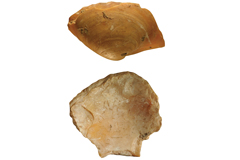
ITALY

ITALY: Neanderthals have long had the reputation of being Homo sapiens’ less sophisticated older cousins, but many recent studies have shown that they were more advanced than previously thought. Analysis of shell tools from Grotta dei Moscerini suggests that, 100,000 years ago, some Neanderthals were capable of diving for clams in shallow water. While the cave’s Neanderthal inhabitants are known to have collected dead clams on the seashore, the new research indicates that some of the bivalves were harvested live, directly from the seafloor.
Related Content

GERMANY

GERMANY: Archaeologists are accustomed to surprises, as they are never certain what lies beneath the surface. However, a German team was particularly stunned when, during their search for the remains of a Roman villa in the Hambach Forest outside Cologne, they instead dug up a metal box containing a Cold War–era Soviet spy radio. The radio, which could transmit messages up to 750 miles, may have been used by secret agents to pass on information about strategic sites in the area.
Related Content
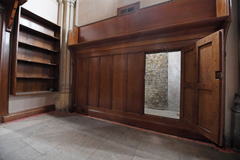
ENGLAND

ENGLAND: For decades, British politicians walking through the halls of Parliament passed a wooden panel with a tiny keyhole that, unbeknownst to them, provided access to a secret door. It was rediscovered after historians examined thousands of documents in anticipation of planned renovations. The entrance was originally installed for the coronation of King Charles II in 1661, to allow guests easier access from the House of Commons to a banquet in Westminster Hall. It was subsequently blocked up during the Victorian era and hidden from view.
Related Content

MEXICO

MEXICO: The great Maya “white road” that connected the cities of Coba and Yaxuna was an incredible feat of engineering. Built around A.D. 700, the 26-foot-wide road paved in white plaster extended more than 60 miles across the Yucatan Peninsula. Much of this route is today shrouded in thick vegetation, but a new lidar survey has provided researchers with high-quality images of the busy road’s path. Using these images, they have detected many lost villages and more than 8,000 hidden structures that once lined the route.
Related Content
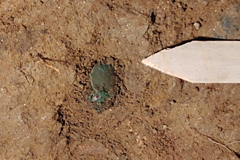
CONNECTICUT

CONNECTICUT: In a cellar in Ridgefield, construction workers unearthed the skeletal remains of 4 men who may have perished in the Battle of Ridgefield, a 1777 Revolutionary War engagement in which the Colonial forces were led by Brigadier General Benedict Arnold. Although the skeletons bear no apparent signs of trauma, researchers believe that dozens of 18th-century bronze and pewter buttons found in the graves indicate that the men were soldiers, although they do not yet know whether they fought on the British or American side.
Related Content
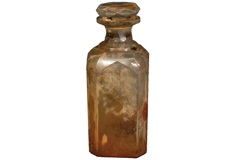
CANADA

CANADA: The two ships of the ill-fated Franklin Expedition, HMS Erebus and HMS Terror, mysteriously disappeared in the 1840s on their journey to locate the Northwest Passage. It was only in the last decade that the vessels’ wrecks were finally located near King William Island, where the ships became trapped in ice. During recent exploration of Erebus, divers retrieved 350 artifacts, including ceramic dishes, hairbrushes, a lieutenant’s epaulettes, and many personal items belonging to the captain’s steward, Edmund Hoar.


